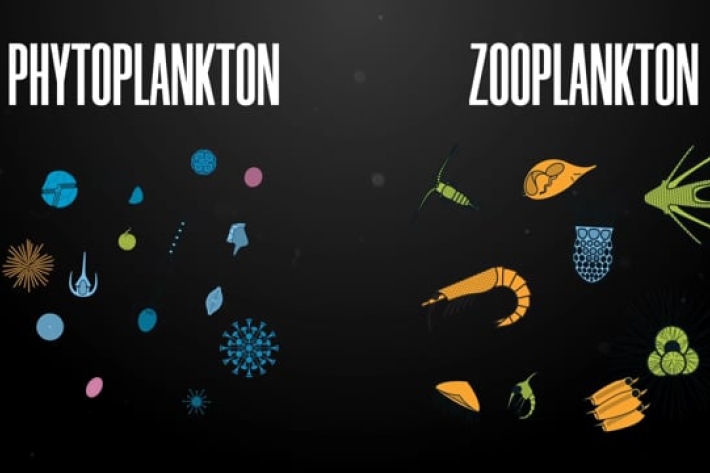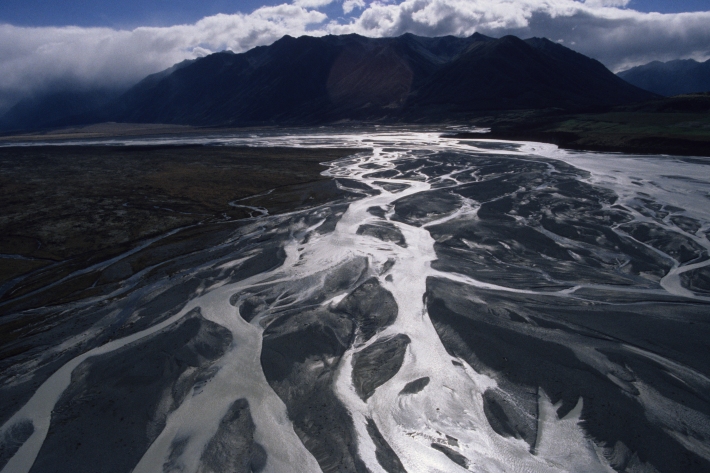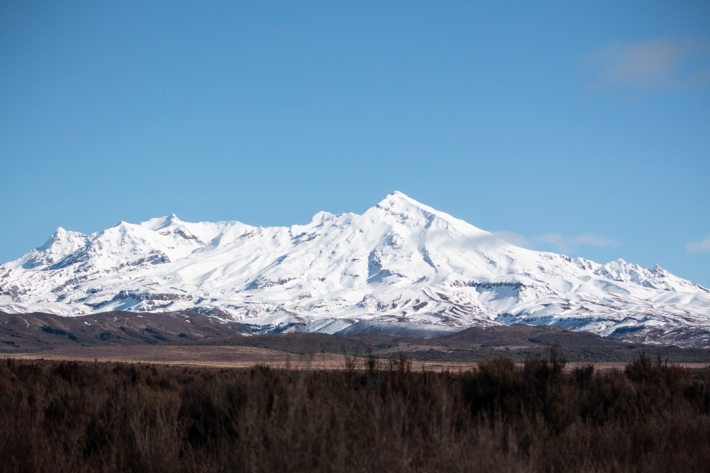-

Climate scientists making shift to new “normal”
Media release02 July 2021NIWA climate scientists are redefining what’s normal when it comes to the weather. -

June blows hot and cold – and possibly hottest of all
Media release23 June 2021A weather roller coaster is coming to town and country before the end of the month. -

New biodiversity memoir on the primnoid corals of New Zealand
Feature story17 June 2021A group of gorgonian octocorals that provide shelter for fish and invertebrates in the deep sea is the subject of NIWA’s latest Biodiversity Memoir. -

NIWA calculates 1:200 year flood for parts of Canterbury
Media release14 June 2021Preliminary analysis by NIWA climate scientists has shown that the recent Canterbury rainfall was so extreme in some inland places that it could be expected to happen only once every 200 years. -

Sea2Cloud – how marine aerosols influence the atmosphere and climate
Research ProjectClouds over the ocean, and how they trap or emit radiation from the sun, are partly influenced by the biology, biogeochemistry and physics of the surface ocean below. -

Plankton in the Ross Sea
Follow a group of NIWA scientists investigating various aspects of plankton which are the base of the Antarctic oceans food web. -

Play the climate change game at Fieldays
Media release10 June 2021Farmers visiting NIWA’s Fieldays stand at Mystery Creek next week have the opportunity to see into their future by playing a game that dices with climate change. -

Field teams and forecasters cover monumental rainfall event
Feature story09 June 2021The prodigious rainmaker that hit Canterbury earlier this month saw NIWA field teams out in the elements collecting flood data from bridges, cableways and jetboat gaugings. -

eFlows Explorer
Research ProjectThe eFlows Explorer webtool is designed to aid broad-scale river flow management planning across New Zealand -
NIWA establishes first Antarctic GRUAN site
Feature story27 May 2021A NIWA-led collaboration is seeing atmospheric measurements taken from Antarctica’s Ross Island added to a highly respected international climate data reference network. -

Skies looking mostly clear for spotting rare Super Blood Moon
Media release25 May 2021NIWA forecasters say expected clear skies are looking good for spotting the Super Blood Moon on Wednesday night. -

NIWA seeks help from skiers and snow bunnies
Media release24 May 2021A NIWA scientist is asking for the help of skiers, mountaineers and alpine professionals to collect snow for a new research project.
